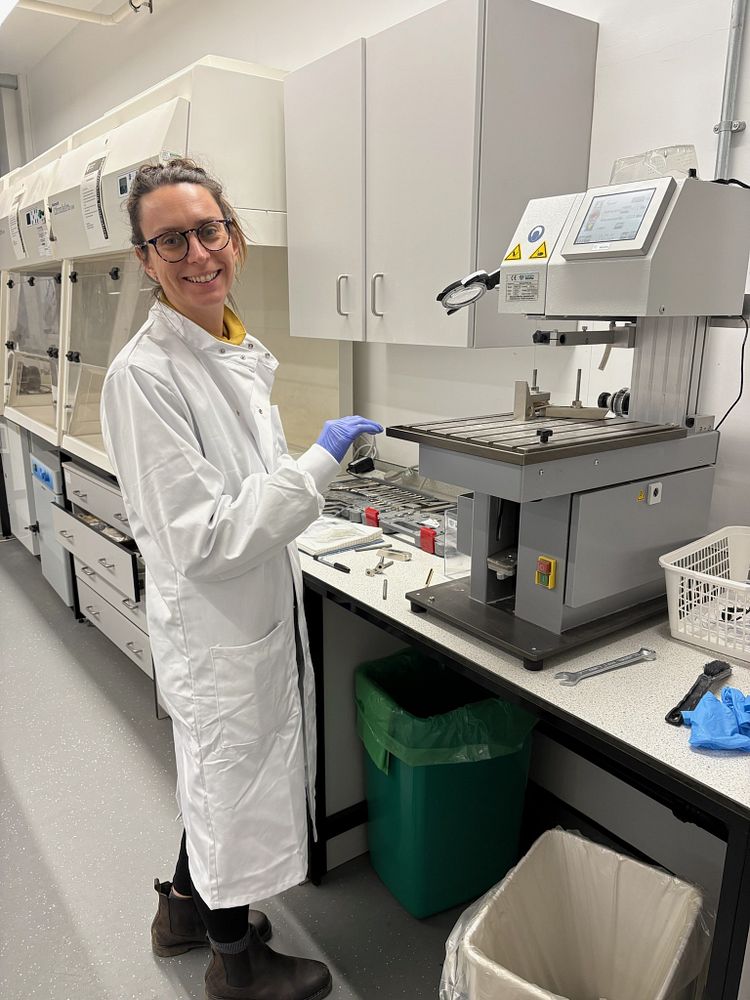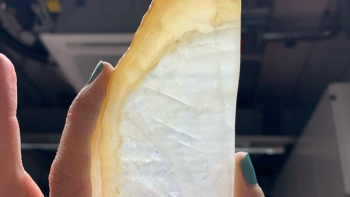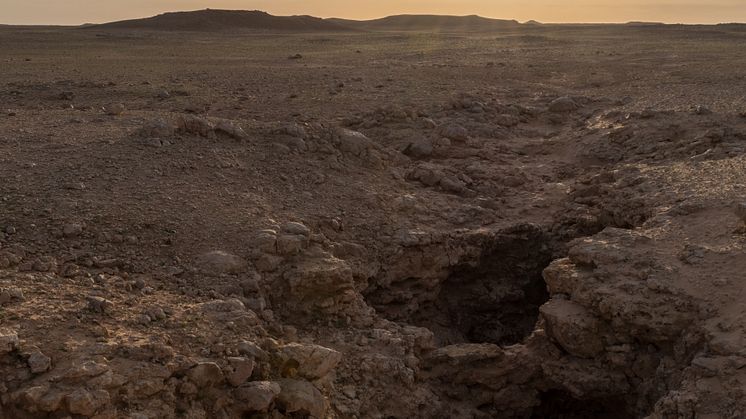
Press release -
New study reveals Arabia’s ‘green past’ over the last 8 million years
A new study has revealed that one of the driest areas on Earth – the Saharo-Arabian Desert – enjoyed periods of green, humid weather over the last 8 million years.
The findings, which are published in Nature today, Wednesday 09 April, offer a groundbreaking insight into the hydroclimate of this now dry, arid region.
While previous studies suggested that this arid landscape had been in place for at least 11 million years, the new evidence challenges this notion, showing that Arabia was a much wetter place during certain periods in history.
These wetter conditions would have enabled the movement of mammals and other species, which relied on water sources for survival.
The research team, culminating an international group of scientists - including both the lead author of the study Dr Monika Markowska, and Dr Ashley Martin from Northumbria University - are supported by the Saudi Heritage Commission and the Saudi Ministry of Culture. The team made the discovery after using cave speleothems, more commonly known as mineral deposits, such as stalactites and stalagmites, to reconstruct a detailed climatic record.

The record revealed multiple phases of humid weather in the central Arabian region, suggesting the climate was a lot wetter in the past than it is today.
These episodic humid intervals, which occurred throughout the past 8 million years, were characterised by higher rainfall, which supported a rich diversity of water-dependent fauna.
The researchers believe these conditions were caused by tropical precipitation from the south reaching further north in the summer seasons.
Dr Monika Markowska, a Royal Society Senior Research Fellow in Northumbria University’s Department of Geography and Environmental Sciences, also leads a Royal Society University Research Fellowship exploring how dryland landscapes respond to a changing climate.

Explaining the importance of this study, she said: “Historically, the dry conditions of the Saharo-Arabian Desert have been proposed as a significant barrier to the dispersal of plants, animals, and early humans between Africa and Eurasia, but these findings shed new light on this hitherto unrecognised but important crossroad between Africa and Eurasia.
“Our findings highlighted that, as the monsoon’s influence weakened over time, precipitation during humid intervals decreased and became more variable.
“This coincided with enhanced polar ice cover over the Northern Hemisphere during the Pleistocene epoch. Our research is one of the longest terrestrial records ever published.”
Faisal al-Jibrin, lead Saudi archaeologist of the Heritage Commission, said “Arabia has traditionally been overlooked in Africa-Eurasia dispersals, but studies like ours increasingly reveal its central place in mammalian and hominin migrations.”
Professor Michael Petraglia, Director of Griffith University’s Australian Research Centre for Human Evolution and co-author on the new study, said: “These wetter conditions likely facilitated these mammalian dispersals between Africa and Eurasia, with Arabia acting as a key crossroads for continental-scale biogeographic exchanges.”
The paper Recurrent humid phases in Arabia over the past 8 million years, is now available open access in Nature and provides the most comprehensive record of Arabia's hydroclimate to date, marking a significant step forward in understanding the region's environmental history and its role in shaping past ecosystems.
FURTHER INFORMATION:
Visit the Northumbria University Research Portal to find out more about Dr Monika Markowska’s work.
Recurring humid phases in Arabia over the past 8 million years by Northumbria researchers Dr Monika Markowska and Ashley Martin and an international team of co-authors was published in Nature on Wednesday 09 April 2025.
Royal Society URF project lead by Dr Monika Markowska: “Unlocking the drivers of global desert expansion in warmer and colder worlds”
Topics
Categories
UNIVERSITY OF THE YEAR 2022 (Times Higher Education Awards)
Northumbria is a research-intensive university that unlocks potential for all, changing lives regionally, nationally and internationally.
Two thirds of Northumbria's undergraduate students come from the North East region and go into employment in the region when they graduate, demonstrating Northumbria's significant contribution to social mobility and levelling up in the North East of England.
Find out more about us at www.northumbria.ac.uk
--- Please contact media.communications@northumbria.ac.uk with any media enquiries or interview requests ---









